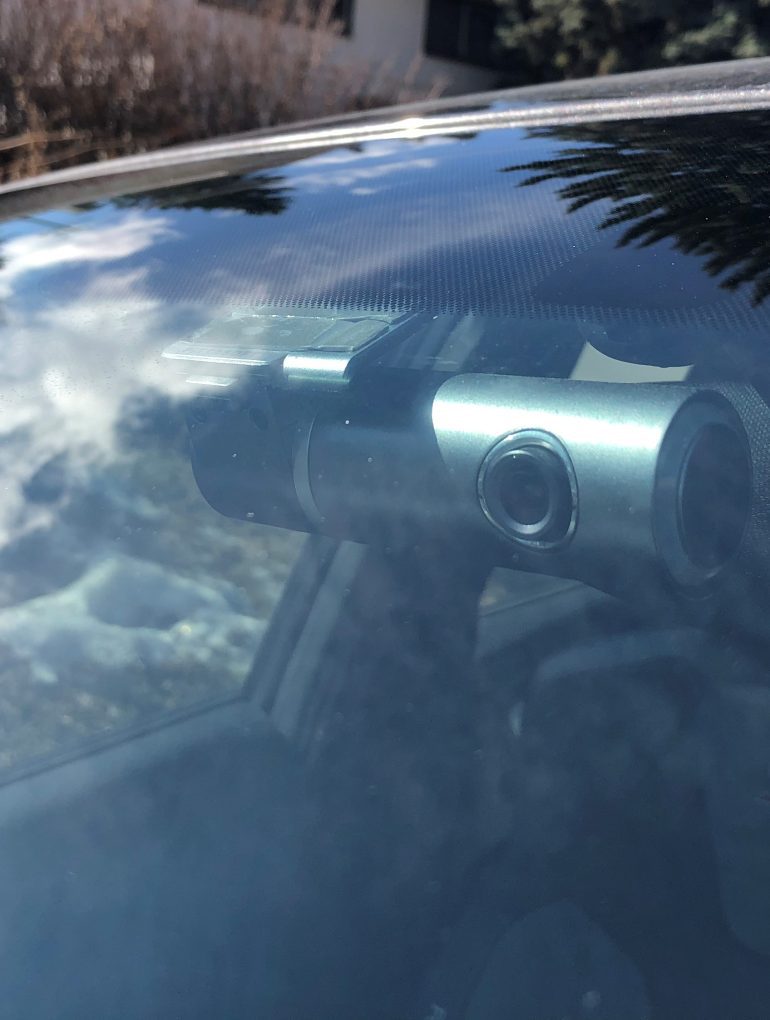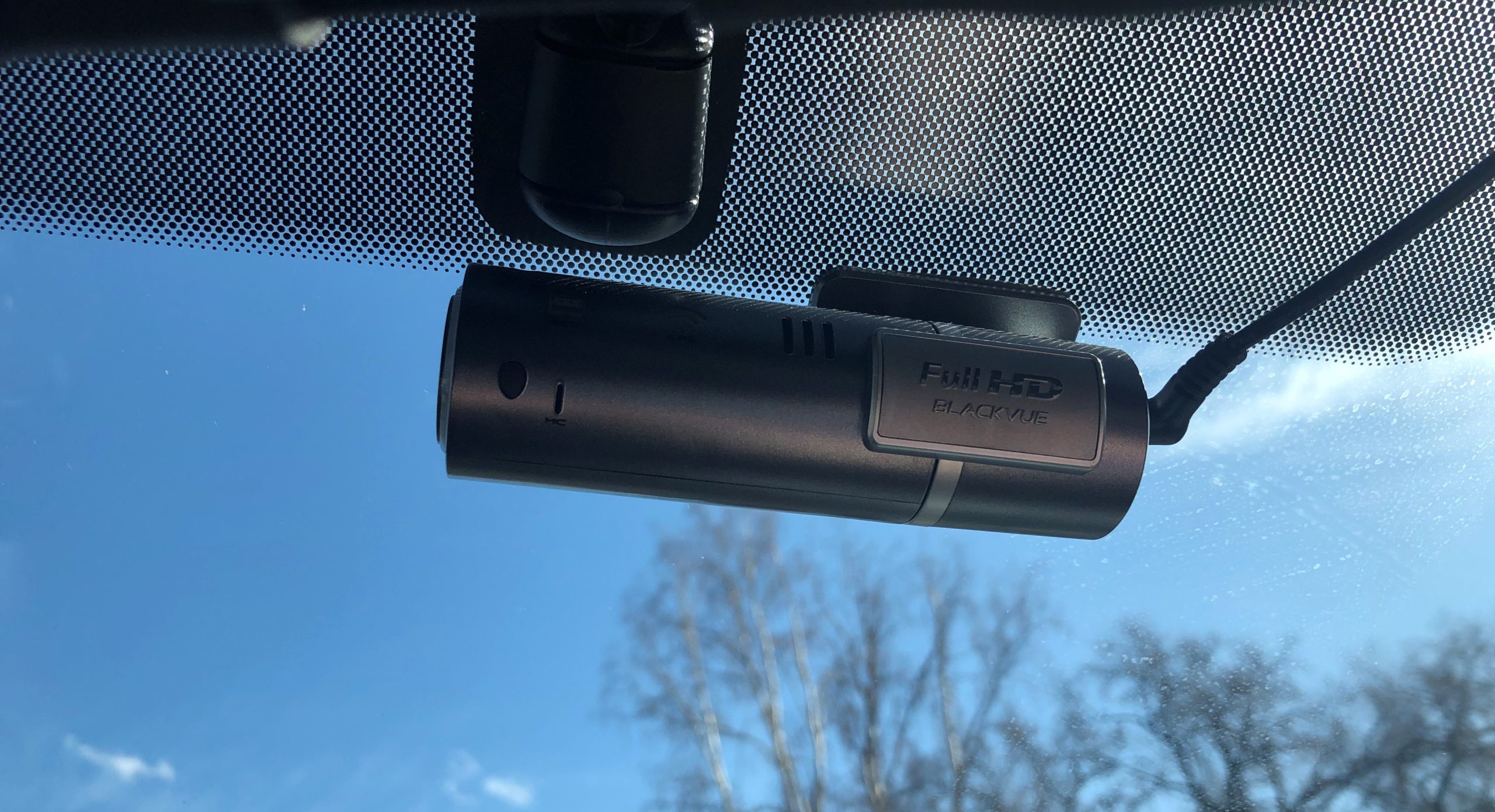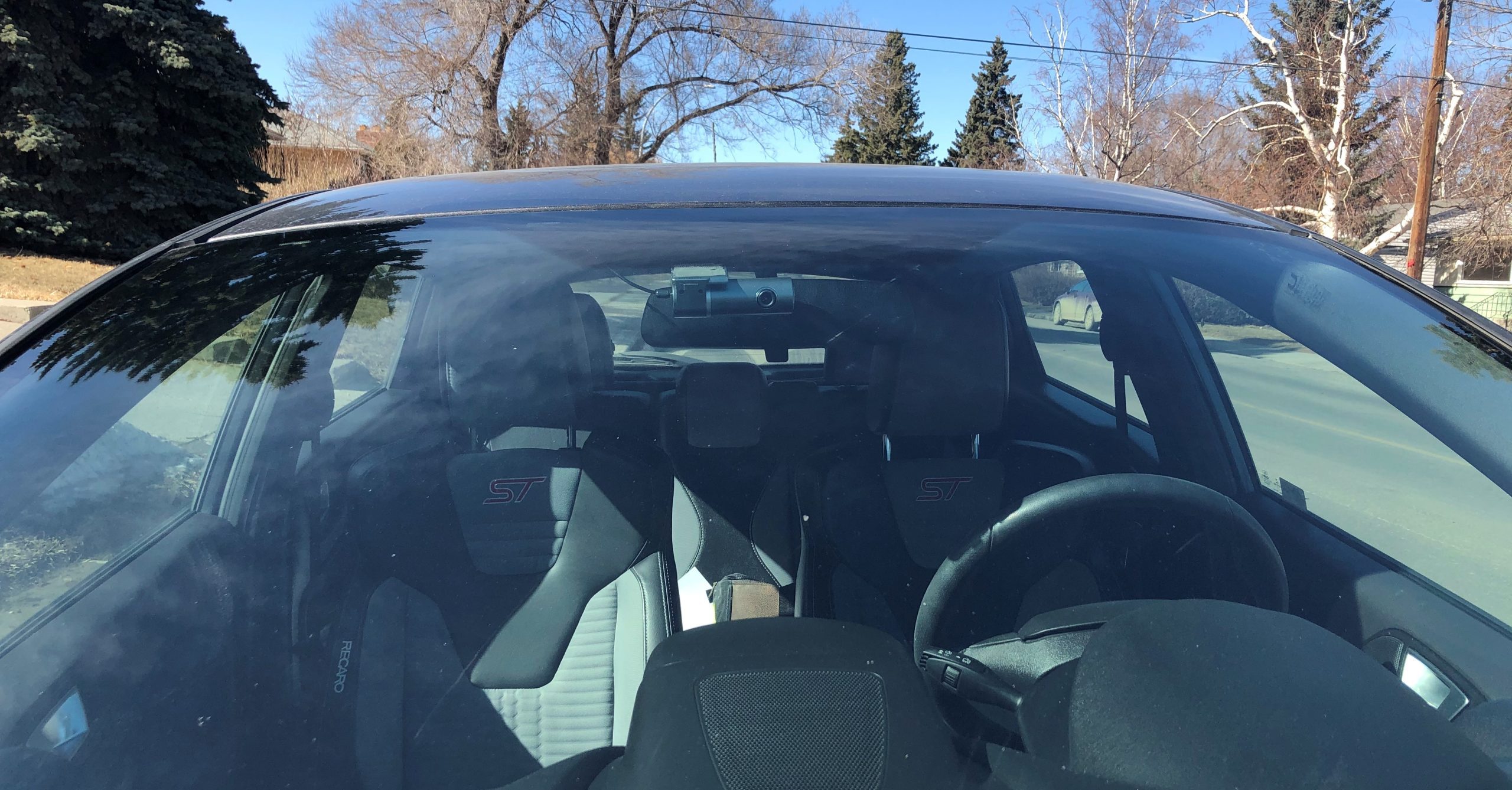Insurance is one of those really finicky things about driving. You select your coverage, select your deductible, find the right company that wants to take on your business, and pay monthly to have that insurance coverage. However, should the unfortunate thing happen and a crash occurs, unless there is overwhelming evidence against the other driver, it can be extremely difficult for an adjuster to rule you at no fault if it truly was no fault of your own.
While having witnesses is often the factor that helps determine fault in a crash seen by many people, what protection do you have if it’s a one on one hit in the middle of the night with no one else around? At that point, it’s your word against their word. And unless you are able to sell ice to someone living in the Arctic, you will still most likely cop some of the fault.
What Are Dashcams & How Do They Work?
Due to a surprising and unpleasant rise in insurance fraud, around the turn of the century, many small companies in Taiwan popped up, selling relatively inexpensive, windshield mountable video cameras that would record the past 30 or 60 minutes of powered on time on a continuous loop to a small memory card. The image was fairly poor, the sound abysmal, but what it did provide was an objective record of the moments leading up to a crash.
Today, there are several major players in the Dashcam market, from Garmin to MiVue, from Abee to BlackVue. For motorcycle riders, there are Sena Camera Communication devices and multiple options of using action cameras like GoPro in special helmet mounts.
Yet, the absolute basic workings of the camera are the same. Either battery or 12V adapter powered, the camera records everything in its field of view onto a memory card that is inserted into the camera. The most common size is 64 GB, but many can now take up to 256 GB cards and have 4K recording options.
Many of these dashcams also have other sensors such as GPS, accelerometers, automatic light correction for the recording, and stabilization features, just to name a few. This data can also be captured into the recording, providing GPS accurate speed, location, g-forces endured, and even snapshot a crash into its own specific file that is easy to find.
How Do Dashcams Protect You?
Schultz & Myers, a law firm specializing in accidents, told us that having photographic evidence of a crash is great, while having video evidence is the best possible scenario. Why is that?
A continuous loop video, properly set up and with a good field of view, is, of all things, objective. The most common thing after experiencing an accident is that your adrenaline spikes, the fight-or-flight response kicks in, and you might miss a crucial detail in your written statement to the police or while filing your claim with your insurance.
A dashcam, on the other hand, has no emotions. It has no adrenaline, no fight-or-flight response. It is simply a video camera that is designed specifically to record inside a car or truck. It can’t be taunted, cajoled, paid off, or threatened. It simply provides the truth, in 1080p HD resolution or better.
Another feature of many dashcams in 2021 are that they can be either tied into your car’s electronics, automatically starting to record when you turn on your car, or plugged in manually to a 12V adapter. The ones that are tied into the car’s electronics have a feature that is called either Parking Mode or Sentry Mode. What this means is that the camera will still record, even with the car turned off, on a low power or super-low power mode recording only one frame per second.
If the accelerometers sense the car has moved, or on some of the very high end units if the microphone detects certain sounds, it will automatically capture the preceding 30 seconds and the following 60 seconds, giving you a 90 second window of what happened. This evidence can be extremely useful in vandalism cases such as willful destruction or damage to property, as shown in many successful claims by Tesla owners using the built in sentry cameras showing people keying the car, or ripping the door handle off.
Are Dashcams Legal?
The exact lettering of the law for the United States, all named roadways are, by definition, public property. This allows for video recording to take place under the first amendment of the US constitution, including video recording of law enforcement on said public property. In terms of the audio recording capabilities of dashcams, you are protected in most states by stating before anything is said between parties that you are recording them on both video and audio. This protection is through the one-party-consent rule, as you are consenting to recording yourself.
The trickier legality of dashcams in the US comes down to some states banning windshield mounting, while other states allow it, and quite a few are okay with it if it is within a prescribed area of the windshield and does not obstruct the driver’s view at all. For this reason, it is very common for dashcams to be mounted up behind the rearview mirror.
In states that ban windshield mounts, namely WA, OR, ID, MT, WY, ND, SD, IA, WI, KS, OK, TX, NM, AR, LA, AL, GA, SC, KY, WV, VA, PA, NJ, and CT, a dash camera can still be mounted on the actual dash of the car, as long as it does not obstruct the view of the driver. DC has a specific rule that allows dashcam’s as long as it is defensibly a “hands free device” while the vehicle is in motion.
As such, dashcams are fully legal in all states and in Canada, as long as the mounting location of that camera abides by your state’s or province’s mounting regulations.






